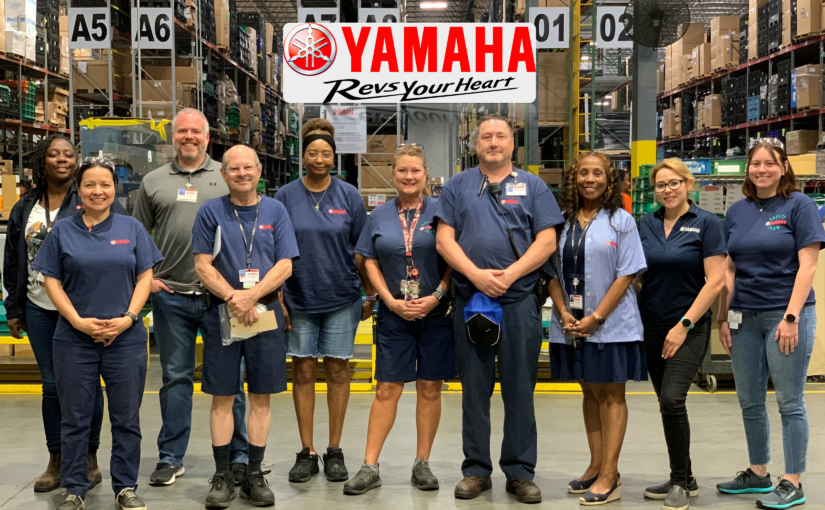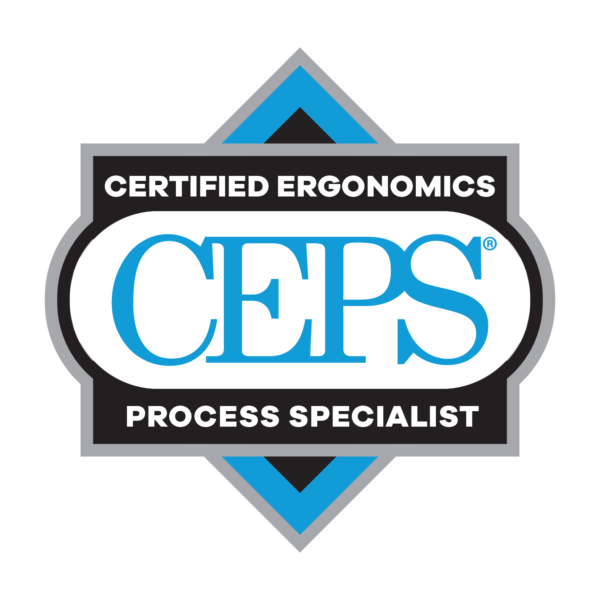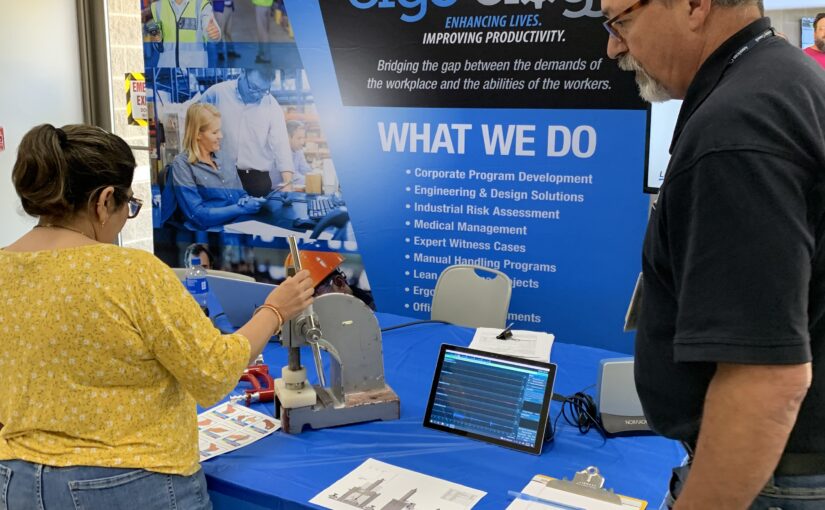Reaching the summit of Mt. Everest, the highest peak humans had ever been to; curing polio, perhaps one of the most feared disease of the 20th century and, of course, taking “one small step for man, one giant leap for mankind” with the moon landing.
Each of these ambitious accomplishments could’ve only been achieved with a team of people behind the scenes, individuals that, as far as the history books are concerned, live in the “fine print.”
Recognizing the effort, skill and contributions of employees that aren’t public facing, that maybe work in isolation or get overshadowed by management is key in creating a healthy and productive company culture.
Every significant achievement comes with a back-story filled with unknown characters that made sacrifices for the greater good.
For instance, Edmund Hillary is widely credited for being the first to summit Mt. Everest. Outside of mountaineering enthusiasts, though, few people know of Tenzig Norgay, the Sherpa that got Hillary to the summit. Norgay was 39-years-old at the time, five years Hillary’s senior, and had arguably spent more time on Mt. Everest than any other human. Yes, Jonas Salk eradicated polio, but first he tested the vaccine on his wife and children and, later, 6-year-old Randy Kerr, an elementary student in McLean, Virginia. That young man became the first of 1.8 million “polio pioneers” that participated in the largest clinical trial America had ever known.
The “fine print,” lest we forget, usually conveys the most important information in any contract, agreement or endeavor. Failing to acknowledge it means starting any new business, relationship or project at a disadvantage.
It’s human nature to admire the win and overlook the work. History is a sucker for making one person a celebrity despite the invaluable efforts of the specialists, the technicians, even the laypeople that make giant achievements seem effortless.
While Neil Armstrong was the first to walk on the surface of the moon, he was accompanied by Command Module Pilot Michael Collins and Lunar Module Pilot Buzz Aldrin, who frequently receive less attention. Even deeper in the “fine print” is a mechanic that fixed a broken lock on the spacecraft, a janitor that sterilized the interior of the module and a group of nurses that oversaw the crew’s biometrics prior to launch.
All of those relatively unrecognized, yet instrumental, contributions played a pivotal role in the success of Apollo 11’s moon landing on July 20, 1969.
Bringing “fine print” employees to the fore and recognizing their part in any given project or the organization’s overall success generates an inclusive workplace culture. These rewarding experiences will inspire and motivate personnel and, in turn, feed positivity in the work environment.
Here are a few examples of how to recognize the efforts of “fine print” employees:
Success is rarely achieved with the talents of a single person. Employees that feel genuinely valued translate to a cohesive and collaborative workforce. The most effective leaders understand that this kind of excellence is only possible by magnifying the “fine print.”

Yamaha leaned into Ergo-ology’s ELP® (ergonomics leadership program) at the start of 2022 with hopes of engaging employees, developing a Read more

We are pleased to announce the United States of America has granted Ergo-ology permissions to certify in #ergonomics with the Read more

Employees complete tasks, many of which require physical labor, every day. These actions range from sitting in a chair to Read more